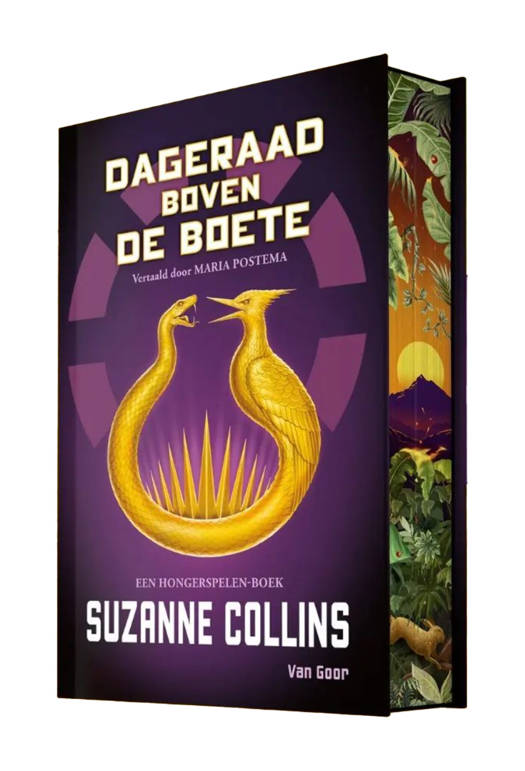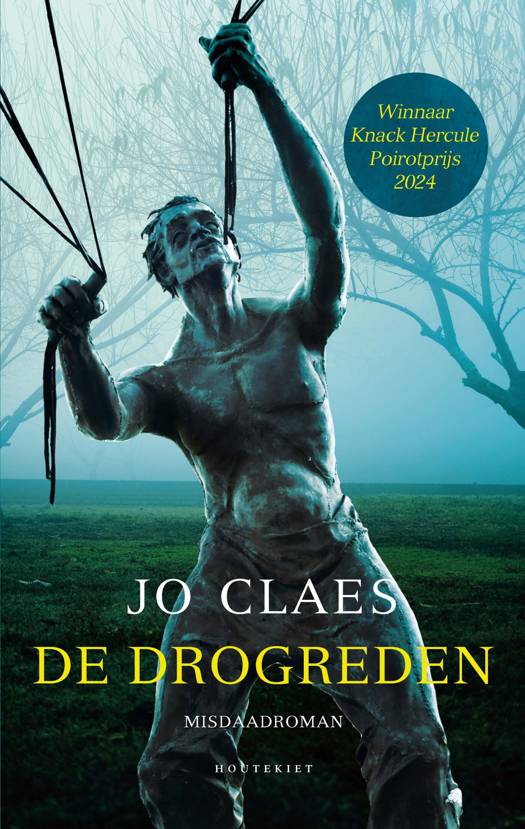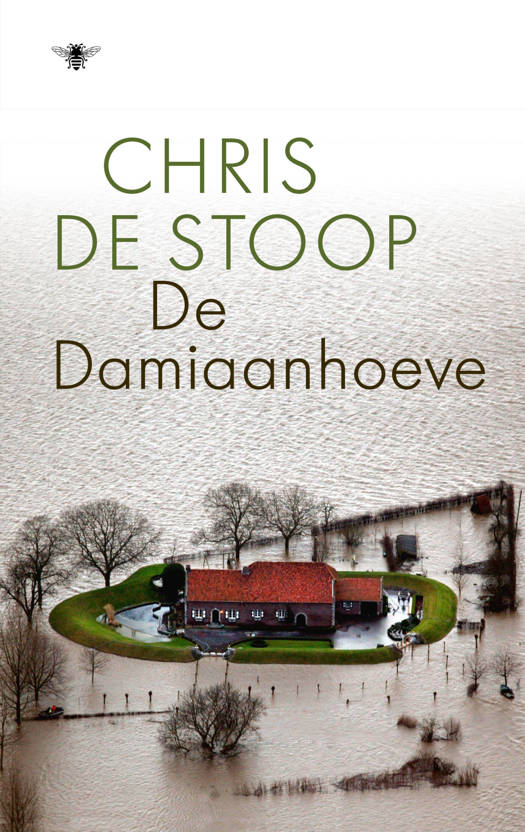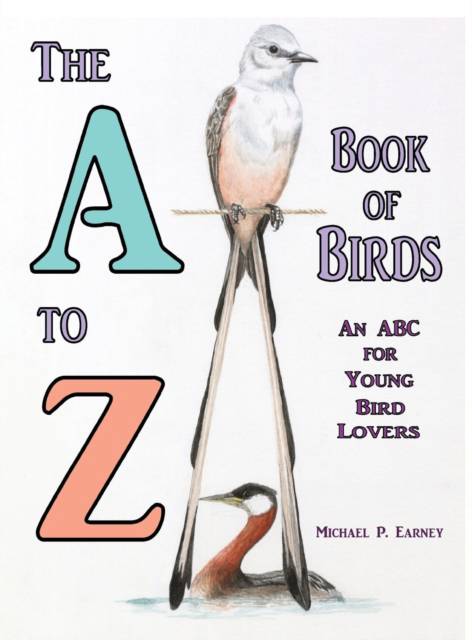
- Afhalen na 1 uur in een winkel met voorraad
- Gratis thuislevering in België vanaf € 30
- Ruim aanbod met 7 miljoen producten
- Afhalen na 1 uur in een winkel met voorraad
- Gratis thuislevering in België vanaf € 30
- Ruim aanbod met 7 miljoen producten
Zoeken
€ 30,95
+ 61 punten
Uitvoering
Omschrijving
While looking at my grand-daughter's books with her it occurred to me that here, at three years old, she can identify images which bear little resemblance to the actual creatures portrayed: whale, giraffe, ostrich, etc. At the zoo she recognizes the elephant, tiger, giraffe, etc. Why, I wondered, do children's books have such simplified renderings of animals? She may not be able to read the names, but she knows a giraffe is a giraffe. Her father is an avid birder and can barely wait to take her birding, so why not an alphabet book with realistic pictures of birds? Thus, "The A to Z Book of Birds: An ABC for Young Bird Lovers" - she will know her birds before she knows her alphabet. I'm sure my grand-daughter is not the only three-year-old genius out there. This book is designed to be useful from age three to well beyond learning the alphabet, when the text, informative and entertaining, will continue to teach and the paintings a guide to identification in the field.
Specificaties
Betrokkenen
- Auteur(s):
- Uitgeverij:
Inhoud
- Aantal bladzijden:
- 66
- Taal:
- Engels
Eigenschappen
- Productcode (EAN):
- 9781312514232
- Verschijningsdatum:
- 20/10/2014
- Uitvoering:
- Hardcover
- Formaat:
- Genaaid
- Afmetingen:
- 216 mm x 279 mm
- Gewicht:
- 453 g

Alleen bij Standaard Boekhandel
+ 61 punten op je klantenkaart van Standaard Boekhandel
Beoordelingen
We publiceren alleen reviews die voldoen aan de voorwaarden voor reviews. Bekijk onze voorwaarden voor reviews.











